
Do you have a question about the Fujitsu AJYA40LALH and is the answer not in the manual?
| Brand | Fujitsu |
|---|---|
| Model | AJYA40LALH |
| Category | Air Conditioner |
| Language | English |
Specific safety measures and considerations for R410A refrigerant.
Details on specialized tools required for R410A refrigerant installations.
List of standard accessories included with the unit.
List of optional parts available for specific installation needs.
Guidelines for choosing a suitable and safe installation site for the outdoor unit.
Procedures for correctly installing the drain system to prevent water damage.
Specifies required clearances and dimensions for unit installation.
Safe methods and precautions for moving the outdoor unit.
Steps and considerations for securely mounting the outdoor unit.
Overview of how the system components are connected.
Guidance on choosing the correct pipe sizes for refrigerant lines.
Methods to protect refrigerant pipes from damage and contamination.
Techniques and precautions for brazing refrigerant pipes.
How to connect refrigerant pipes to the indoor units.
Instructions for safely creating openings for piping and wiring.
Procedures for connecting refrigerant pipes using flare nuts and tools.
Safe operation procedures for the unit's refrigerant valves.
Essential safety guidelines for all electrical wiring work.
Instructions for safely creating openings for piping and wiring.
Guidance on choosing appropriate cables and circuit breakers.
Wiring specifications and rules for the communication transmission line.
Detailed instructions on how to connect wiring terminals and cables.
Connecting external devices for control and monitoring.
How to use DIP switches for various settings.
Configuration details for DIP switches on the PC board.
Setting refrigerant circuit addresses using rotary switches.
Using push buttons to set various operational functions.
Procedures for setting addresses for signal amplifiers.
Methods for assigning addresses to indoor units.
How to measure transmission cable resistance for troubleshooting.
Procedures for leak testing the refrigerant piping system.
Steps to evacuate the system using a vacuum pump.
How to charge the system with the correct amount of refrigerant.
Applying insulation material to refrigerant pipes to prevent condensation.
Using putty to seal gaps and prevent water entry.
Verifying the connection status between indoor and outdoor units.
Performing operational checks after installation to ensure proper function.
Detailed steps for conducting test runs for cooling and heating.
Understanding LED indicators during normal operation.
Interpreting LED error codes for troubleshooting.

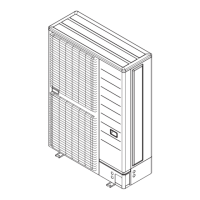

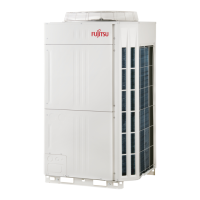
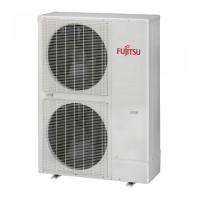


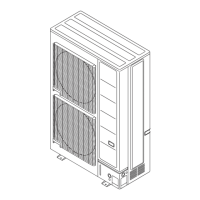
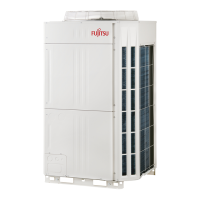
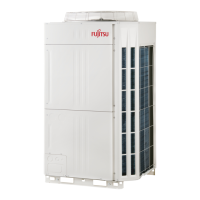

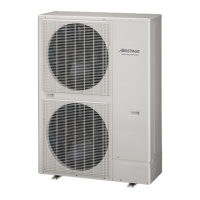
